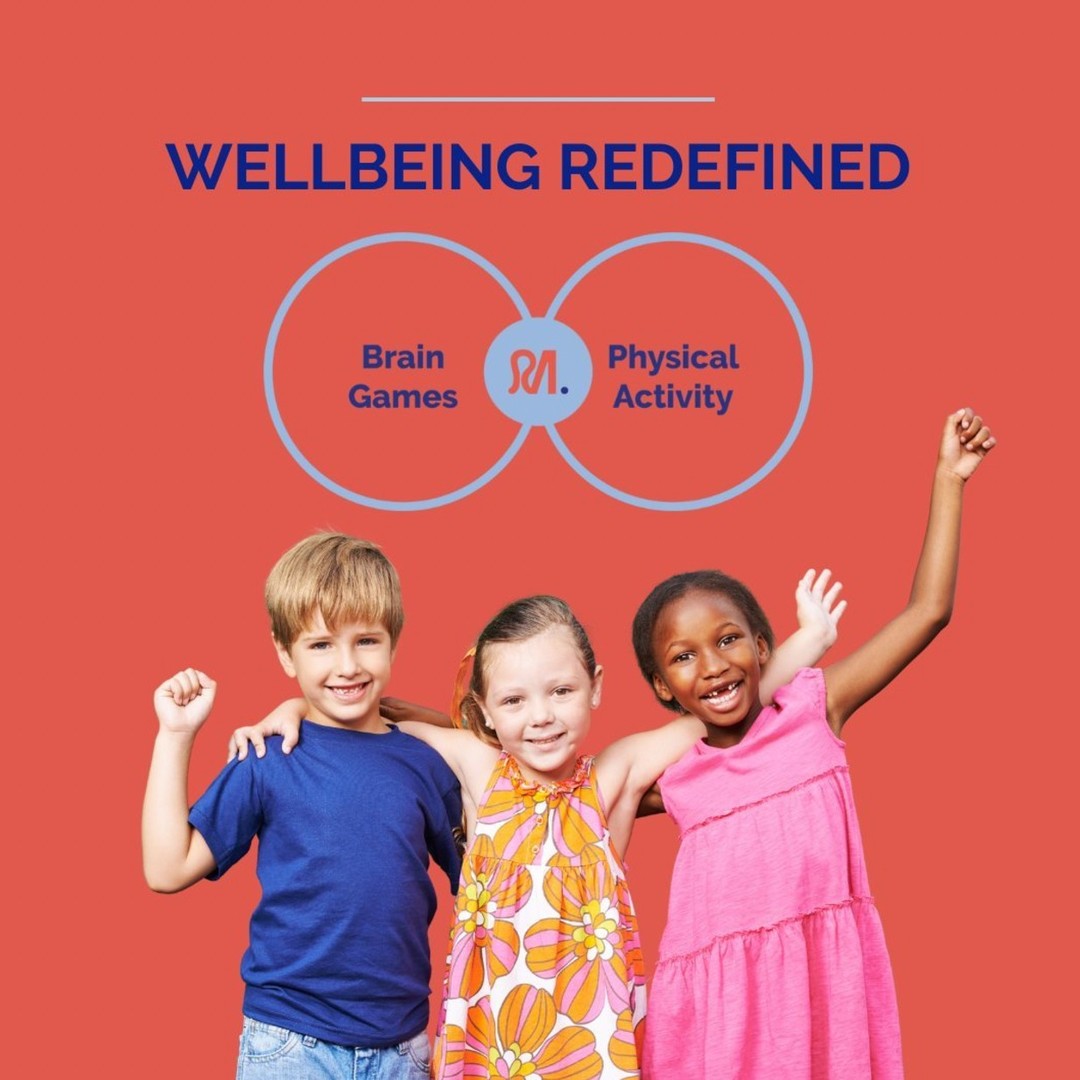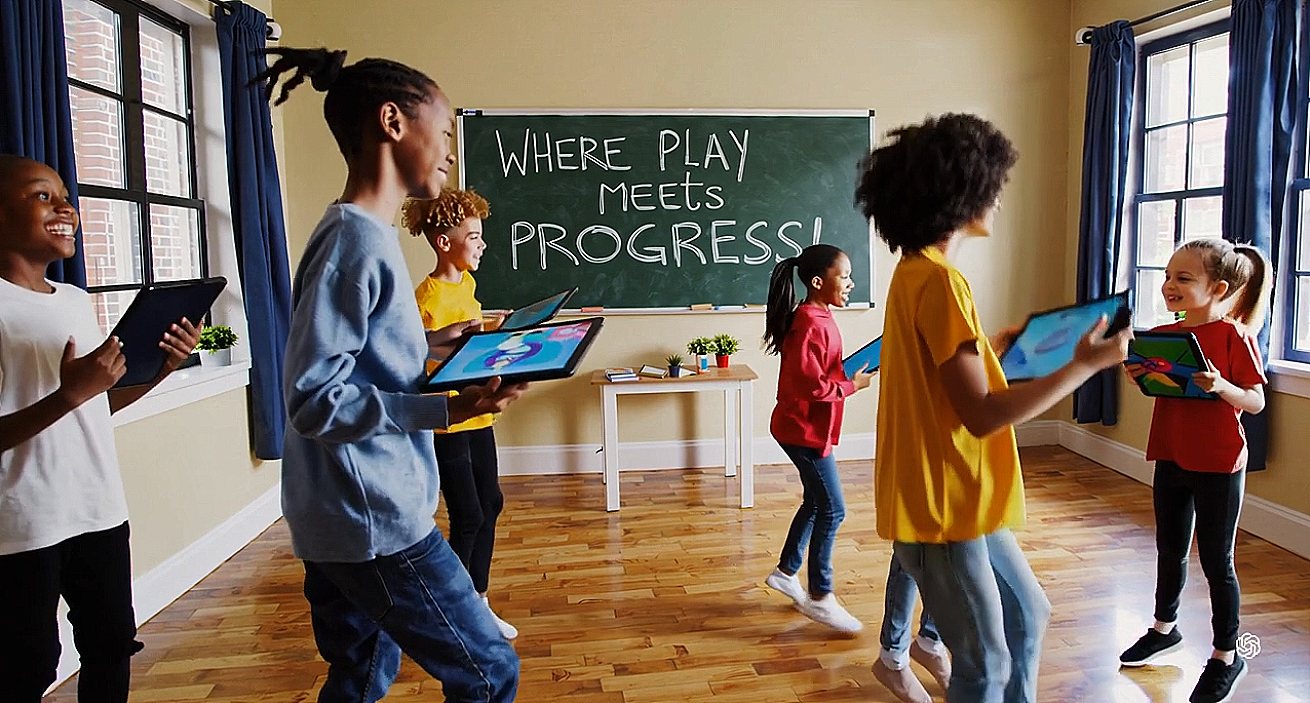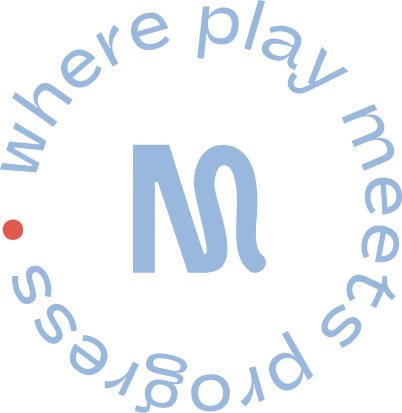Neurodivergent learners bring unique perspectives, strengths, and talents to the classroom and home environments. Whether a child has autism, ADHD, dyslexia, or another neurodiverse condition, supporting their learning journey requires patience, understanding, and a tailored approach. By fostering an inclusive and supportive atmosphere, parents and educators can help neurodivergent children thrive academically, socially, and emotionally.
Understanding Neurodiversity
Neurodiversity refers to the natural variations in how brains function and process information. While neurotypical individuals align with standard developmental and cognitive norms, neurodivergent individuals think, learn, and experience the world in diverse ways.
Key neurodivergent conditions include:
- Autism Spectrum Disorder (ASD): Often involves challenges in social communication and sensory processing, accompanied by strengths like attention to detail and pattern recognition.
- Attention-Deficit/Hyperactivity Disorder (ADHD): Characterised by hyperactivity, impulsivity, and difficulty sustaining attention, but often paired with creativity and problem-solving abilities.
- Dyslexia: Impacts reading and writing skills but is often accompanied by strong visual-spatial reasoning.
- Dyspraxia: Affects coordination and motor skills but can enhance creative problem-solving abilities.
Tips for Parents Supporting Neurodivergent Learners
- Create a Supportive Home Environment
A consistent and predictable environment helps neurodivergent children feel safe and secure. Establish routines for daily activities, such as meal times, homework, and bedtime, to minimise anxiety and increase focus.
Provide sensory-friendly spaces where your child can retreat when they feel overwhelmed. These spaces might include soft lighting, noise-cancelling headphones, or sensory tools like weighted blankets and fidget toys.
- Collaborate with Professionals
Parents should work closely with teachers, therapists, and medical professionals to ensure their child’s needs are met. Regular communication with these professionals can provide insights into strategies that work at school and help replicate those successes at home.
Consider engaging with occupational therapists, speech therapists, or behaviour specialists to address specific challenges like sensory sensitivities, communication difficulties, or executive function deficits.
- Celebrate Strengths
Every neurodivergent child has unique abilities and interests. Identifying and nurturing these strengths can boost their confidence and motivation. For example, if your child excels in art, dedicate time for creative expression. If they enjoy building things, provide materials like LEGO or craft supplies.
- Teach Self-Advocacy Skills
As children grow, teaching them to advocate for themselves is essential. Encourage them to express their needs and preferences, whether it’s asking for extra time to complete a task or requesting sensory accommodations. Self-advocacy empowers children to navigate challenges independently.
- Use Tools Like Reset Moves
At Reset Moves we can help parents support neurodivergent children at home. We provide quick, engaging activities designed to improve mood, attention, and emotional regulation through movement-based learning. By integrating short bursts of physical activity into daily routines, parents can help their children refocus and feel more balanced.
Tips for Educators Supporting Neurodivergent Learners
- Promote Inclusive Classrooms
An inclusive classroom fosters a sense of belonging for all students. Incorporate flexible seating arrangements, sensory-friendly tools, and multiple learning modalities to cater to diverse needs.
For instance, allow students to complete assignments through creative formats like videos, drawings, or oral presentations rather than traditional written reports.
- Provide Clear Instructions
Neurodivergent learners often benefit from clear, concise, and step-by-step instructions. Use visual aids like charts, diagrams, or checklists to reinforce verbal directions.
For tasks involving multiple steps, break them down into smaller, manageable parts and provide positive reinforcement as students progress through each stage.
- Encourage Movement Breaks
Physical activity can significantly improve focus and reduce restlessness in neurodivergent learners. Schedule regular movement breaks during lessons or incorporate activities that allow students to engage their bodies and minds.
The Reset Moves app is an excellent tool for classrooms, offering short, guided activities that help students refocus and regulate their emotions in just a few minutes.
- Build Strong Relationships
Establishing trust with neurodivergent students is crucial. Take the time to learn about their interests, strengths, and challenges. Show genuine empathy and respect for their unique needs, and create opportunities for positive interactions.
For example, if a student is fascinated by dinosaurs, integrate that interest into your lessons to boost engagement and connection.
- Foster Peer Understanding
Educators can promote empathy and understanding among students by teaching about neurodiversity in age-appropriate ways. Books, videos, and discussions that highlight the strengths and challenges of neurodivergent individuals can help create a supportive classroom culture.
The Role of Movement-Based Learning
Movement-based learning has emerged as an effective way to support neurodivergent learners. Physical activity improves focus, reduces stress, and enhances mood, making it a valuable tool for parents and educators alike.
The Reset Moves app leverages the power of movement-based learning through its innovative app, which combines physical and cognitive exercises in a game-like format. Designed for neurodivergent and neurotypical children, Reset Moves helps students regulate emotions, improve attention, and develop key skills—all in under 10 minutes.
Overcoming Common Challenges
Supporting neurodivergent learners often comes with unique challenges. Here are some strategies to address common concerns:
- Sensory Overload
Many neurodivergent children are sensitive to sensory stimuli, such as loud noises or bright lights. Use noise-cancelling headphones, soft lighting, and calming tools to create a sensory-friendly environment.
- Anxiety About Transitions
Transitions between activities or environments can be overwhelming. Prepare children for changes by providing advance notice, using visual schedules, and allowing extra time for adjustment.
- Difficulty with Focus
Short attention spans can make it challenging to complete tasks. Break assignments into smaller segments, incorporate movement breaks, and use engaging tools like Reset Moves to refocus attention.
Supporting neurodivergent learners requires a collaborative effort between parents, educators, and the wider community. By embracing neurodiversity and tailoring strategies to individual needs, we can create environments where all children feel valued, understood, and empowered to reach their full potential.
With tools like Reset Moves, along with a commitment to inclusivity and understanding, parents and educators can make a meaningful difference in the lives of neurodivergent learners, helping them thrive both academically and personally.




